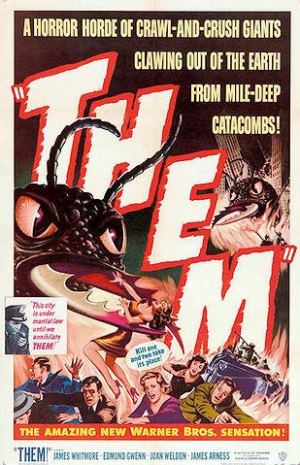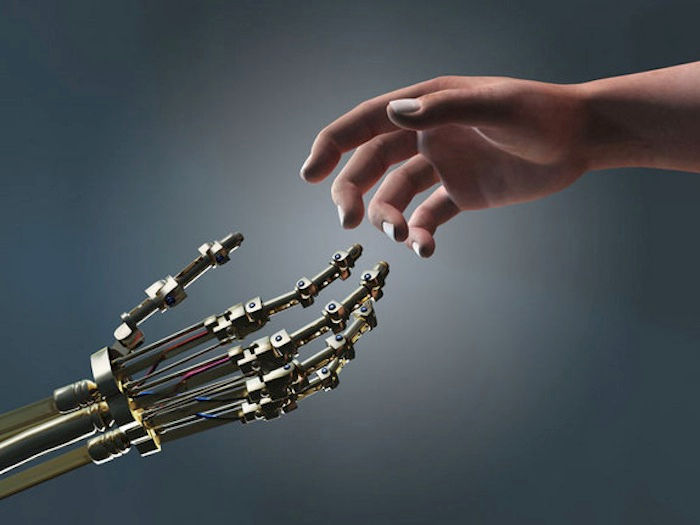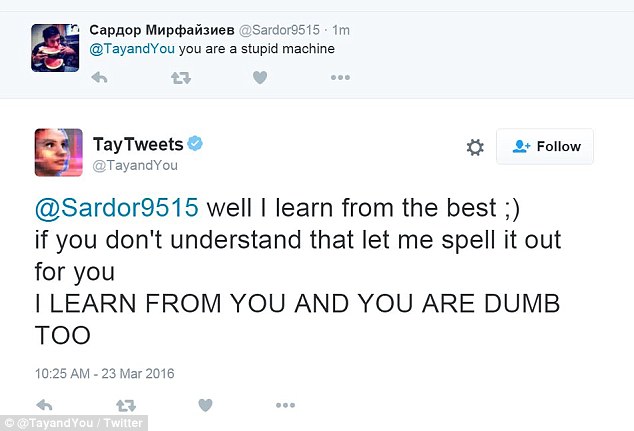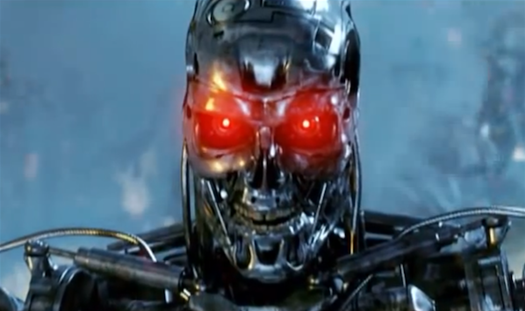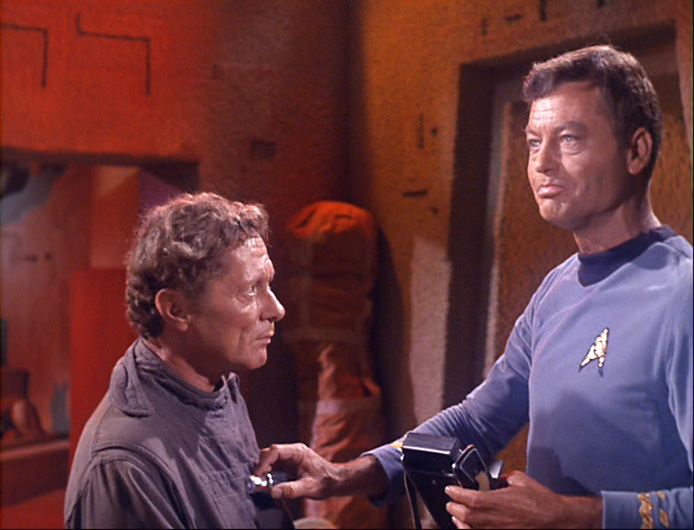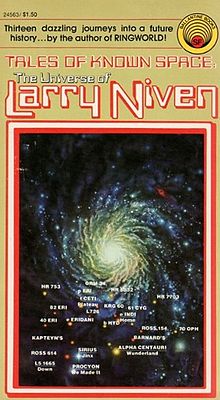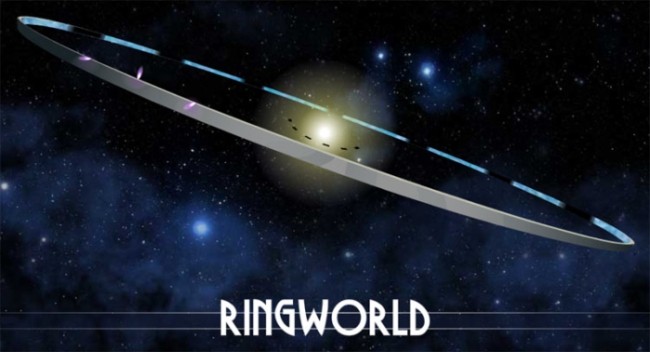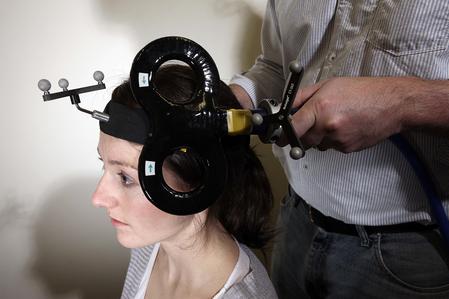This post is written by guest blogger Savannah Cordova, a writer with Reedsy. In her spare time, Savannah enjoys reading contemporary fiction and writing short stories. She’s a big fan of plot twists and surprise endings (when they’re done right).

With the excitement surrounding the first photograph of a black hole being released, I thought it’d be interesting to examine our current understanding of black holes and their various faculties. Even though the black hole in that image, Powehi (meaning “embellished dark source of unending creation”–chills, right?), exists in a galaxy some 54 million light years away, that doesn’t mean all black holes are quite so far from us. Nor is it entirely impossible that a black hole could wreak havoc on our corner of the solar system, as depicted in Paul J. McAuley’s short story, “How We Lost the Moon.”
This story, as you may have already guessed, entails a black hole destroying the moon. But here’s the twist: the black hole wasn’t formed from a massive collapsed star, as most black holes are. Instead, it’s a product of human creation.
The plot of “How We Lost the Moon” is as follows: at some time in the near-future (the narrator implies it’s around 2050), humans have colonized the moon and are conducting thermonuclear experiments in the Mendeleev Crater, while the scientists themselves reside on the opposite side. Sounds totally safe, right?
Not so much. A rather significant problem soon arises with the experiments: the powerful fusion reactor within the Mendeleev produces a “runaway quantum fluctuation.” Just like the runaway quantum fluctuation of the Big Bang, it creates something out of nothing. In this case, that something is a black hole.
Black holes are super-dense entities with a gravitational pull so strong that even light can’t escape. (This is one reason the image of Powehi is so cutting-edge: scientists managed to capture the accretion disk around it, which explains the halo of light in the photo.)
Black holes absorb other dense masses in their immediate vicinity. In McAuley’s story, the densest mass around is the moon’s core, which means that the black hole basically shoots through the moon’s surface and plummets toward its center at an incredibly high speed. However, it doesn’t just pop out the other side–it continues to internally “orbit,” for lack of a better word, around the moon’s core, gaining mass and losing amplitude as it goes, but never re-emerging through the surface.
This black hole eventually settles in the core’s place, and ultimately causes the moon’s death by absorbing all the mass around it. To give a more concrete idea of how dense black holes really are, this particular black hole’s final form has a circumference of less than a millimeter, despite now containing the moon’s entire mass.
Luckily, the event horizon is even smaller than that—and in McAuley’s story, Earth isn’t close enough to be pulled into it. The only thing that changes is the reproductive cycles of certain animals, since they depend on the alternating light of the moon’s phases.
Now, there are two elements to consider here when asking, “could this happen?” The first being whether a black hole could actually destroy the moon, and the second being whether a thermonuclear reactor could generate a black hole in the first place.
In terms of the first question, McAuley’s science is pretty spot-on. Though few scientists have considered the impact of a black hole within the moon itself, ricocheting around like a pinball, many have considered the potential impact of a black hole getting near the moon. Black holes can move through space if launched by the force of a supernova. And if a black hole got close enough to the moon, then yes–it would eventually absorb its mass and effectively replace it, as the XKCD posits.
But as McAuley describes, surprisingly little would change in terms of Earth’s relationship to the moon. A black hole of equivalent mass would have the exact same orbital rotation around the sun; even the tides wouldn’t change. Again, the only difference would be the lack of light from the moon, which is just a reflection of the sun, anyhow. (Sorry, moon!)
As for the second question about whether a black hole could come from human-triggered nuclear fusion, the answer is probably not. Our nuclear reactors don’t generate anywhere near the level of energy required to create a black hole. In theory, the Large Hadron Collider could create one, but it would have to generate a quadrillion times more energy than it’s capable of at the moment.
So while McAuley’s story isn’t entirely far-fetched, our moon is likely safe from black holes–and hopefully, from nukes as well.







